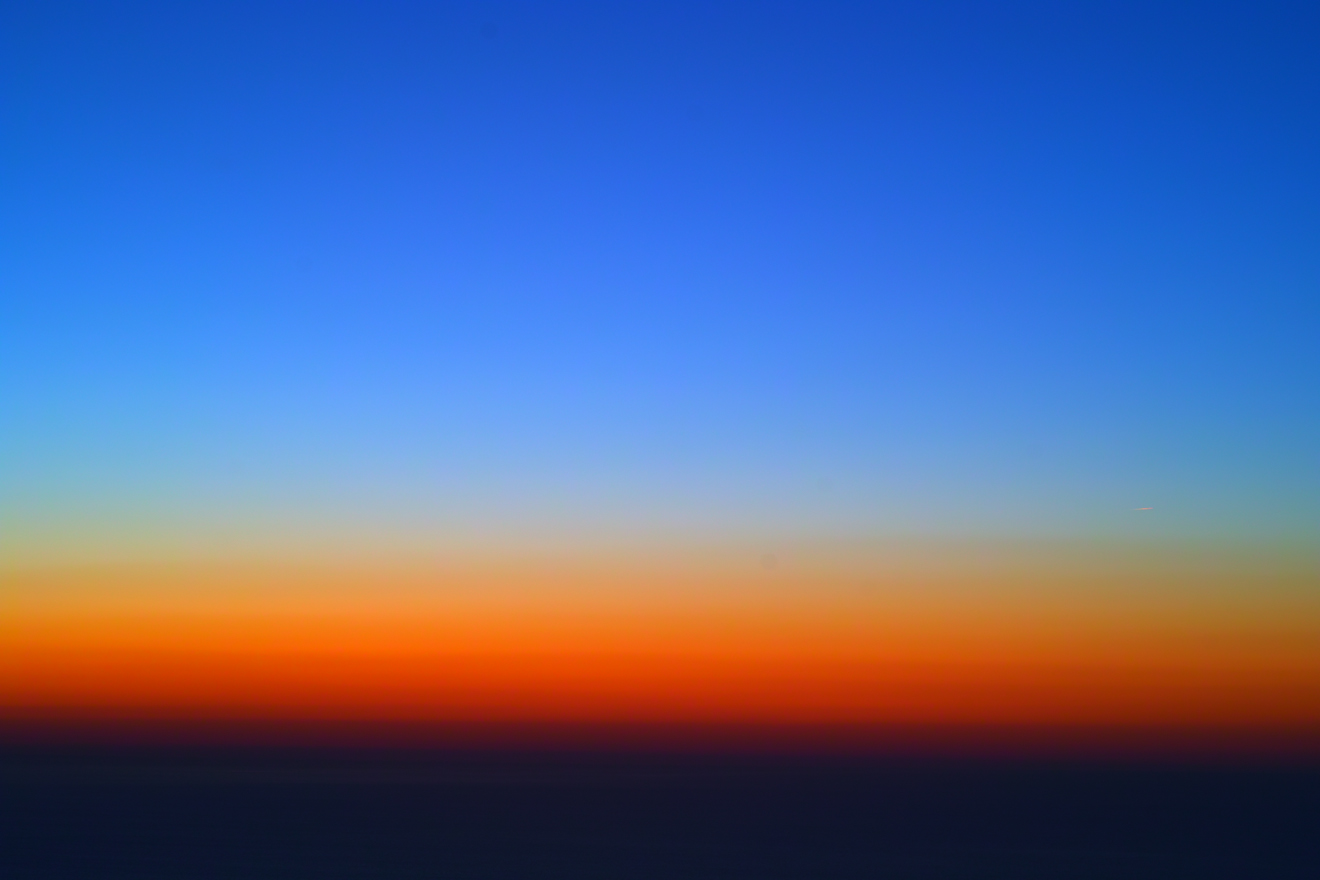Beta Test Team
Member
Very well stated, thank you.When I use 11/13 on my wide leaf types, I get longer
flower times to harvest, adding two weeks, some amber,
mostly cloudy. Leaf shape mostly equal to the same cultivar
flowered at 12/12.
I also noticed growing micro in small pots, 32 oz and less,
leaves grow smaller, but never noticed 5 bladed cultivars
throwing 7 or 9 blades under 11/13.
Phenotype plasticity is there, however, you're not going
to make any dramatic changes to cultivars' expression.
Light spectrum and distance to light also play a role, but it's
a curiosity at best. Navel gazing, so to speak.
Interesting, like the dichotomy of the salts/organic thing.




